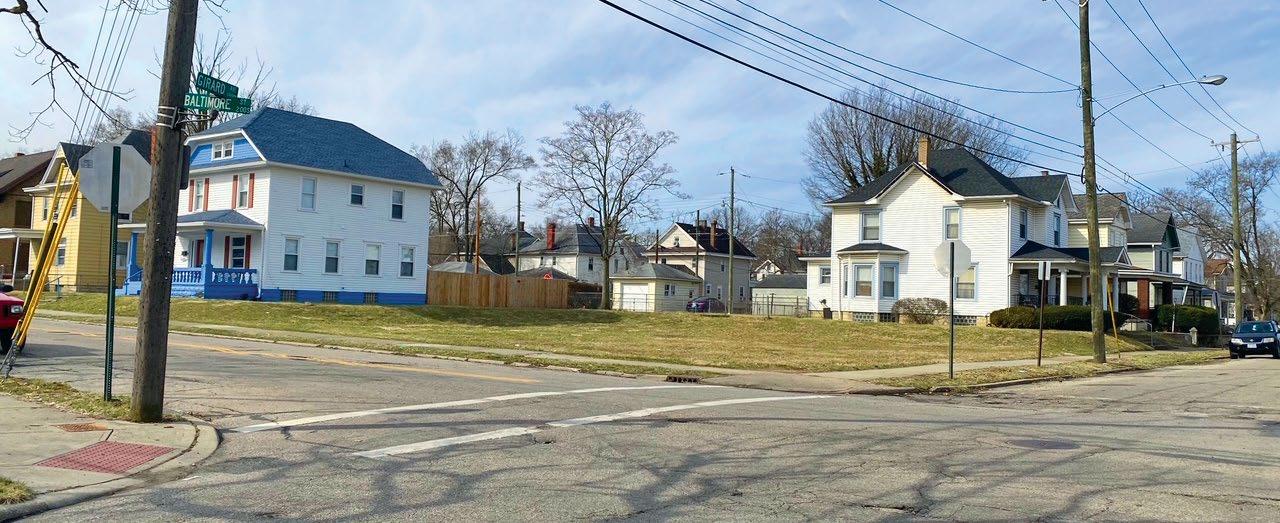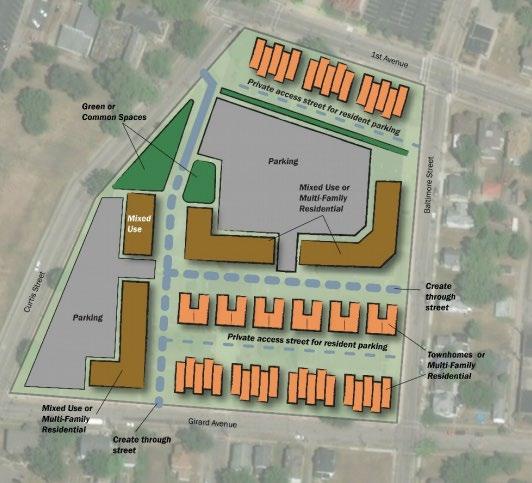
2 minute read
Housing
from Middletown Community Guide 2022
by The Chamber Of Commerce Serving Middletown, Monroe, & Trenton
Reinvesting in Oakland
Middletown promotes building affordable housing in the historic neighborhood
BY DAVID HOLTHAUS
Middletown’s Oakland neighborhood is an older community comprised of homes 100 years old or more. Over the decades, the neighborhood experienced a lack of investment and the population declined—aggravated by the Great Recession, which pushed some of the homeowners into foreclosure.
The neighborhood is historic, and, in fact, is an official Middletown historic district, as it is near the original ARMCO facility, home to the Carnegie Library and Oakland Park, and populated with venerable housing stock.
Now, city officials want to bring new, affordable housing to the neighborhood, and have a plan to spark new investment there.
Over the years, the city acquired many housing lots out of foreclosure, or sites where homes had been demolished. As officials considered how to return those lots to decent housing, they assembled 10 of them near the site of the former Vail School, which was recently torn down.
City officials have asked for proposals from homebuilders to construct affordable, quality, single-family housing there. Not McMansions, but homes of two or three bedrooms, perhaps 1,500 square feet, with a porch and a garage. “Something a family can get into at a decent price,” City Manager Jim Palenick says.
“A builders showcase,” Palenick says. “A kind of Homearama-style project for modest, affordable, single-family homes in a neighborhood that really hasn’t seen any building for a very long time.”
The project is called A.T. H.O.M.E., which stands for Affordable, Transformative, Housing Opportunities Made Easy.
The homes would be attractive to firsttime buyers, empty nesters and others who want to live near downtown amenities, says Ashley Combs, Middletown’s development services director.

The Oakland neighborhood
To encourage builder participation and insulate them from the risk of losing their investment, the city is partnering with selected builders to help fill financing gaps that can come with building modest homes in such a neighborhood.
“We know there’s a not a current market established” Palenick says. As such, “we’ll backstop it to guarantee you’ll get a minimum return. We provide the lot, waive connection fees, assist homeowners with down payments, and then we’ll market it as well. We’re trying to jumpstart what otherwise wouldn’t happen if it was left up to the market.”
City officials would like to have three or four builders build two or three homes each to create the “builders showcase,” perhaps by Fall 2022.
“Our hope is that then the local builders will continue without necessarily needing that subsidy from the city,” Palenick says.
The city is also working with the Middletown Community Foundation to see if it can help provide construction financing at lower rates, which could, in turn, result in lower financing rates for homebuyers.
The housing plan is the top priority of an overall revitalization vision for the Oakland neighborhood that also includes infrastructure improvements, wayfinding, safety and lighting improvements, enhancing walkability and cultural assets, and further redevelopment of the Vail School site, the Carnegie Library and Oakland Park. n










